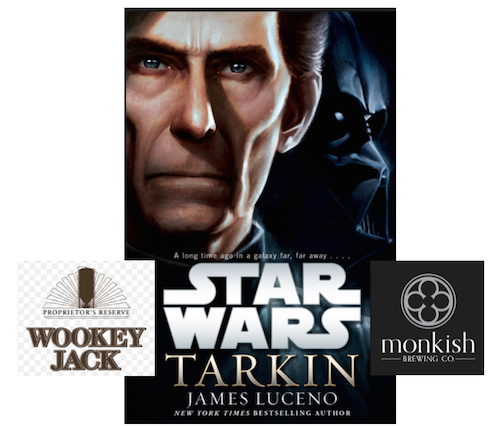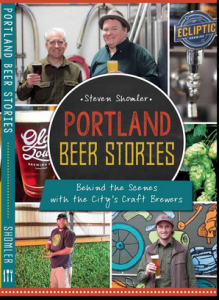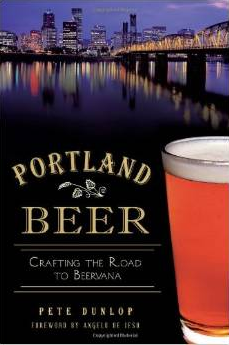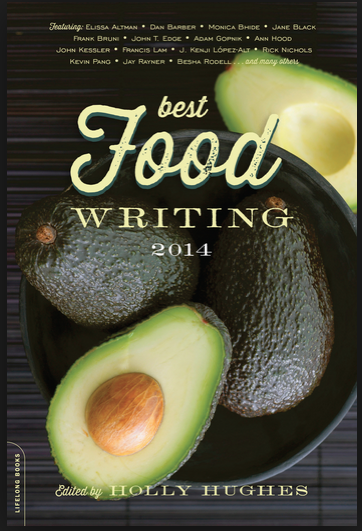I really wanted to like this book. I really did.
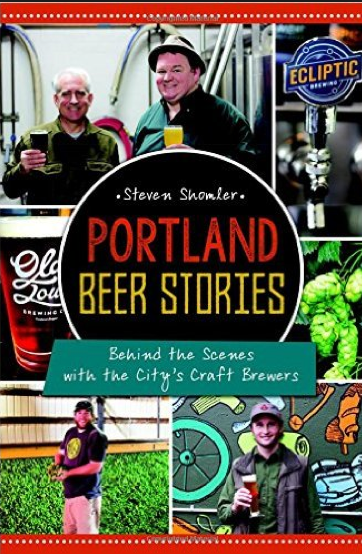
But Steven Shomler’s Portland Beer Stories is undone by four major flaws. One is the writing. It is just not good. Clunky and repetitive word choices being the main culprit here. I am not saying that my writing is Proustian by any stretch of the imagination but this book comes off like a school book report at times. It may be earnest but it sure does not flow or evoke a sense of place.
Secondly, if you are looking for behind the scenes, well, you will be disappointed. There are Parade style mini-backgrounds on the brewers but literally nothing on the brewer’s style, why they brew or their thought process. John Harris is in the book but you could have learned all that is in the book with a random Google search. Each and every person profiled is given the exact same arc. Where they grew up, where they went to college, list of jobs and then it stops. The only brewing insight was on Ale Apothecary, which is in Bend, which if geography holds, is not near Portland
That is my third issue. Why is a cidery in upper Washington state included in the book? Why is Ninkasi of Eugene in here. Same with Pelican of Pacific City. Shomler laments about having to leave out stories when he could put all the outside of Portland breweries into a separate book.
Lastly, there are interludes written by Portland area beer writers which are truly saccharine cheerleader pieces. And that is coming from me, a staunch defender of beer writers rights to cheerlead if they so wish and if their brewing scene needs it.
The strength of this book and what it probably should have been focused on are the people on the edges of the beer business. The stories about the cider rep who is as happy at the end of a fest as she is the beginning or the story of the Oregon Brew Crew’s first African American female club president are an invigorating breath of fresh air but again they fail to delve any deeper than the surface.
Pass on Portland Beer Stories. Read the better Portland beer blogs instead.

